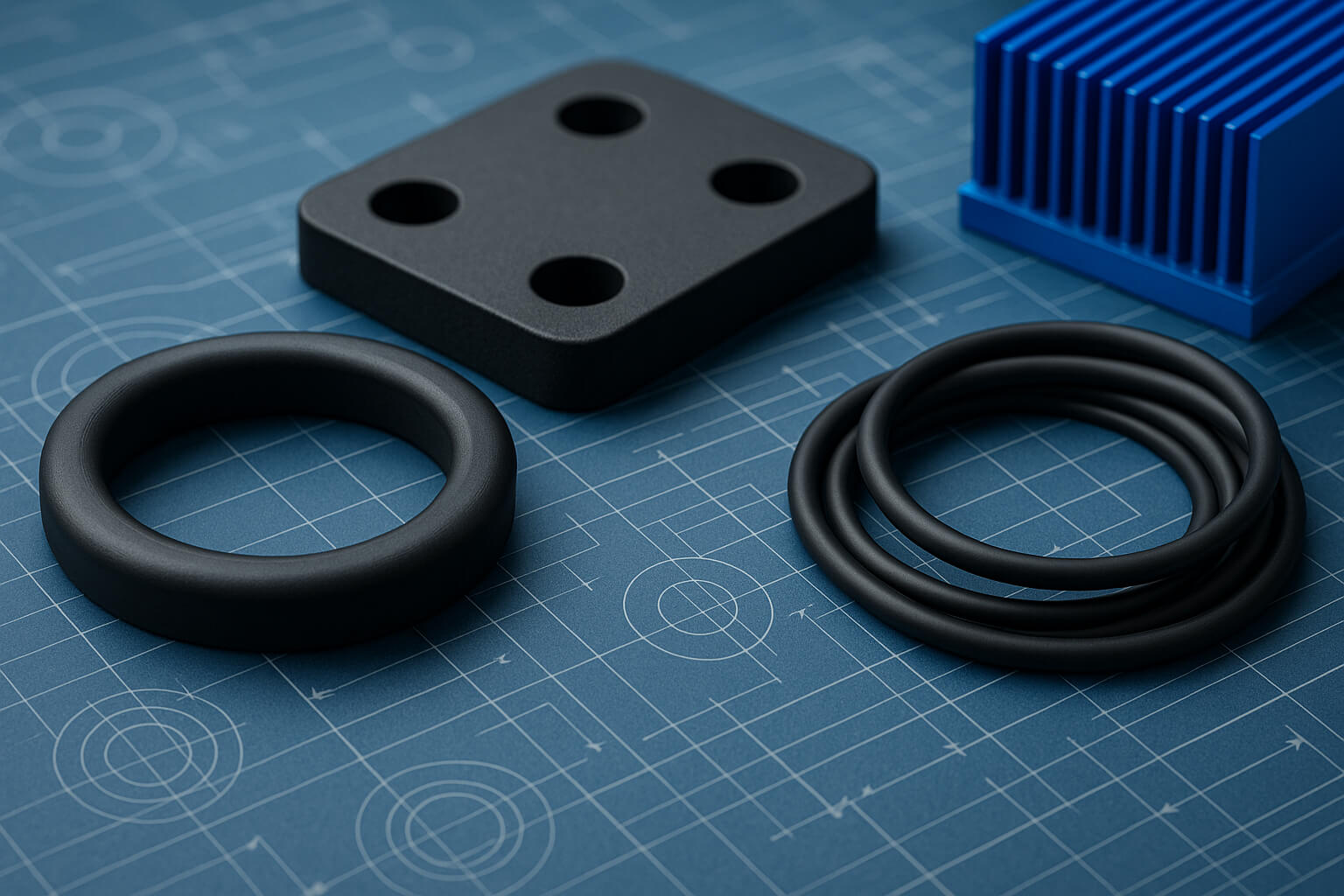
Silicone elastomers are essential materials in modern engineering, providing flexibility, durability and high-performance capabilities across various industries. Their compressibility, combined...

Precision skiving was patented in Germany in 1910. However, it wasn’t until the 1970s that it was put into general use in the U.S. when advancements in tool design, machine controls, and hardware enabled manufacturers to use it on an industrial scale to make gears and splines.
While the term “skiving” might not be widely recognized outside of precision manufacturing circles, many companies benefit from material skiving without even realizing it. The precise foam cutting technique’s applications are ubiquitous, enhancing consumer product durability and design and ensuring optimal results in various automotive and consumer electronics industries.
Precision skiving is a specialized manufacturing process that peels, shaves, or slices material into thin layers with remarkable preciseness, creating smooth, accurate surfaces. A sharp blade carefully removes layers from materials like foam, leather, and metals to meet exacting specifications in diverse manufacturing sectors.
Understanding skiving’s basic principles and benefits helps manufacturers achieve superior quality and enhanced functionality in their finished products.
A highly flexible manufacturing process, skiving can be tailored to meet various specific industry needs, including:
Skiving’s ability to shave thin layers from a material to create smooth, accurate surfaces is crucial for several reasons:
Skiving is an essential technique, particularly when dealing with small geared components, and its versatility and productivity benefits make it suitable for any size production lot. For over 80 years, Sur-Seal has worked with businesses throughout the U.S. to provide custom manufacturing of engineered components through advanced processes like skiving. We can size your materials to whatever thickness your application requires and help you choose the best materials for your budget.
Is precision skiving right for your manufacturing needs? Tell us about your next project, and we’ll help you find the best solution!